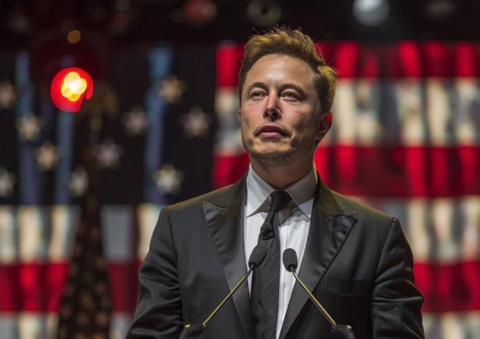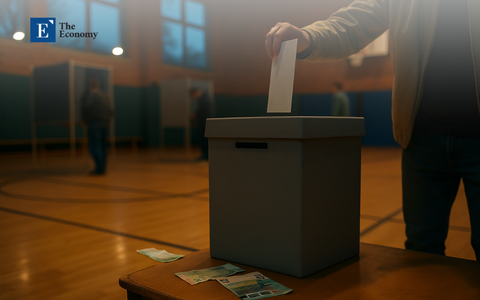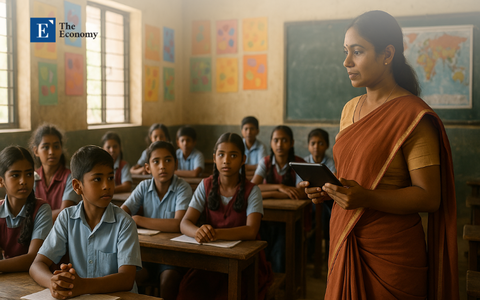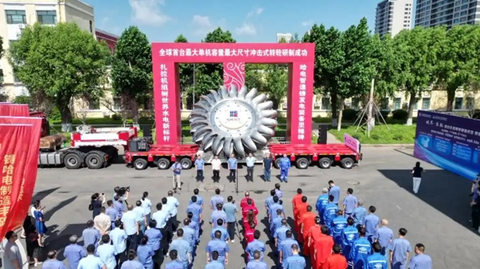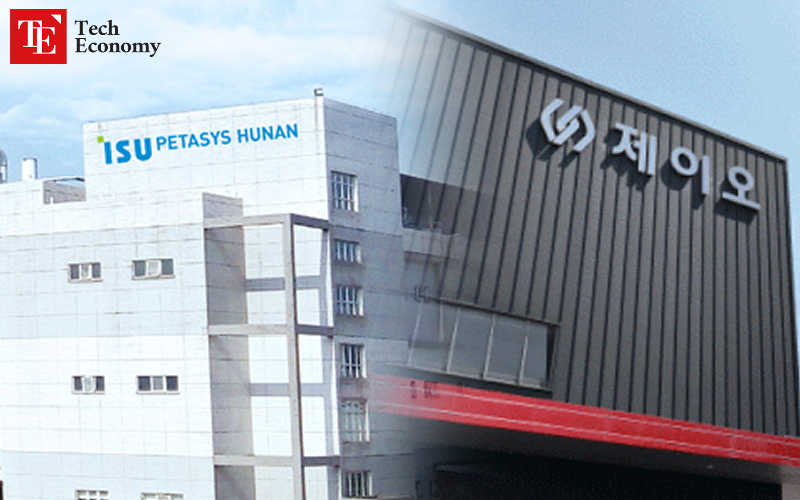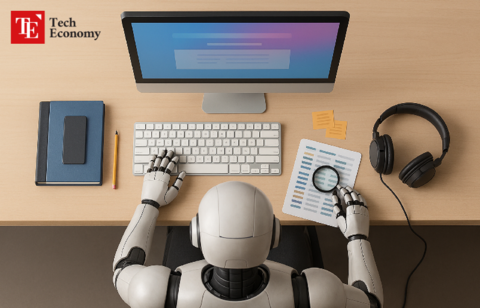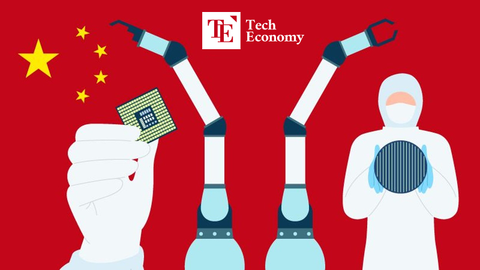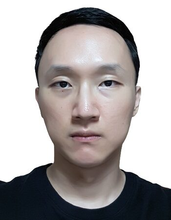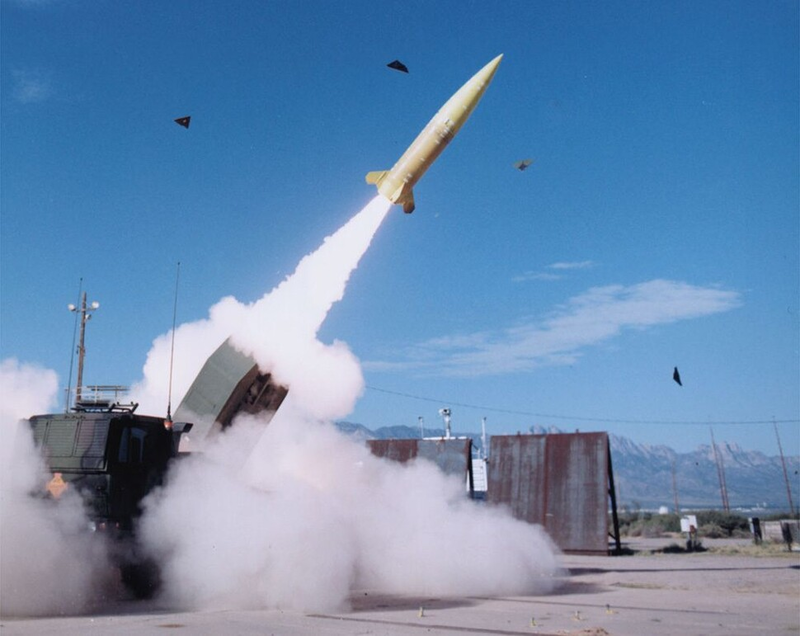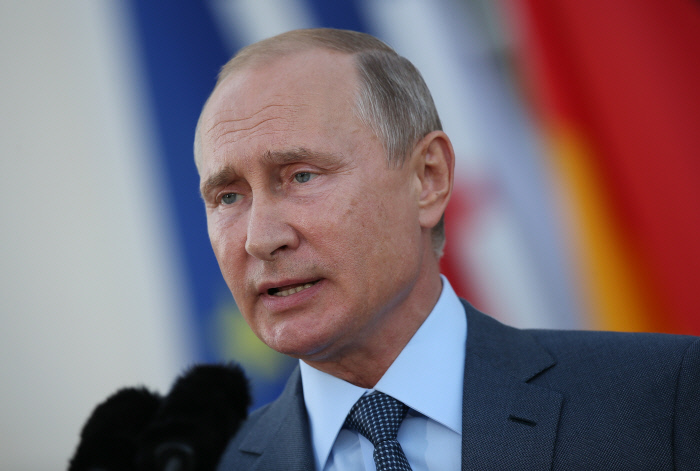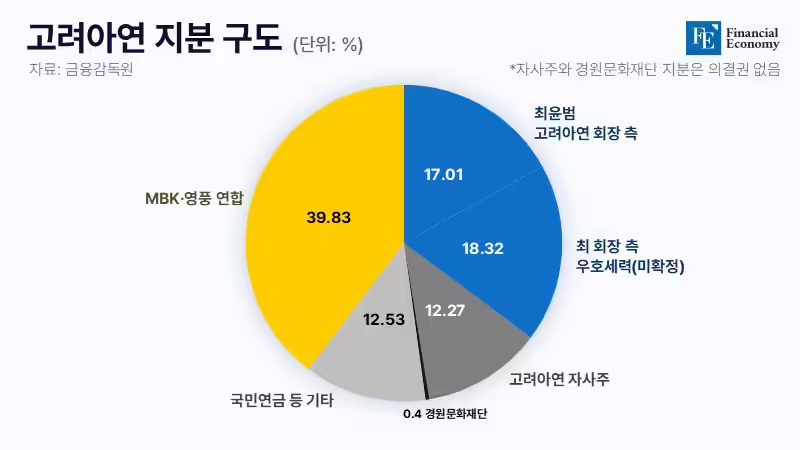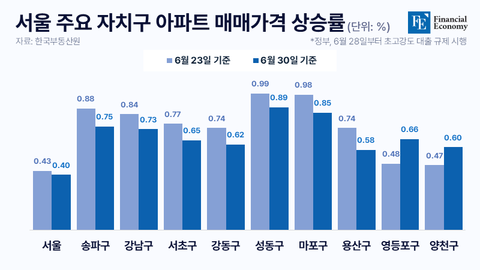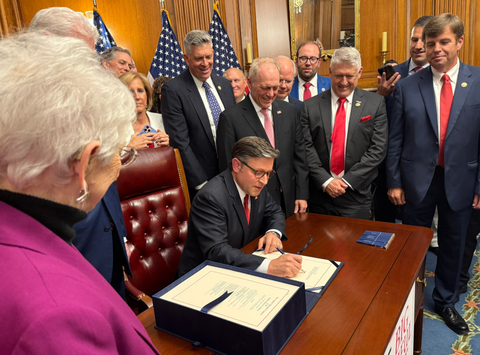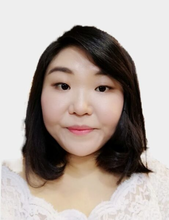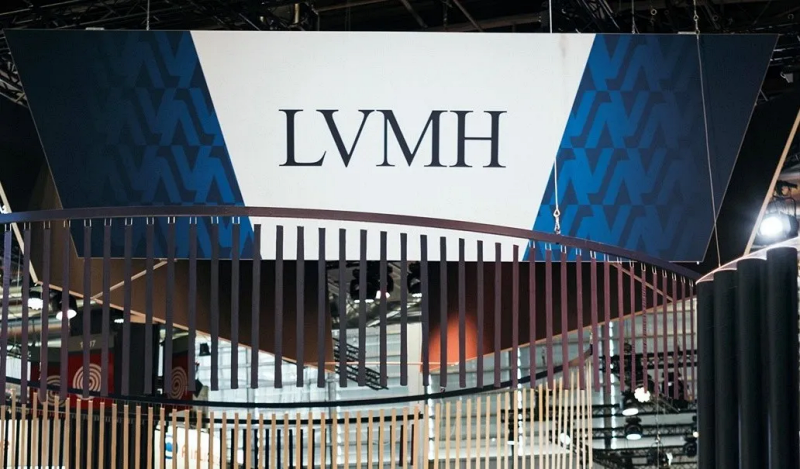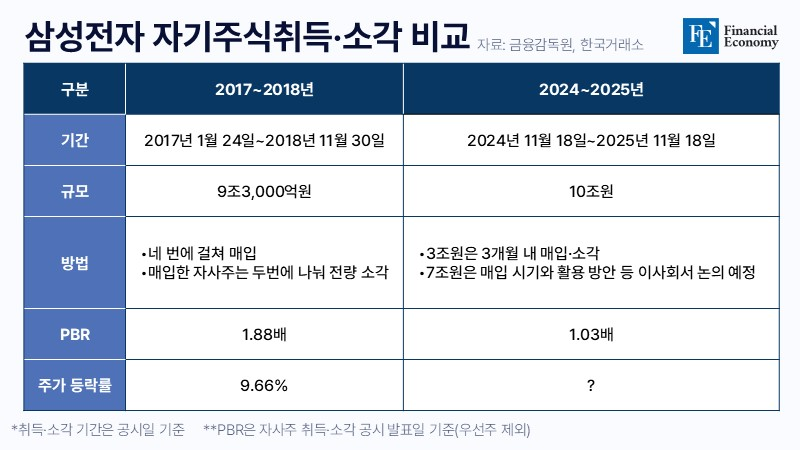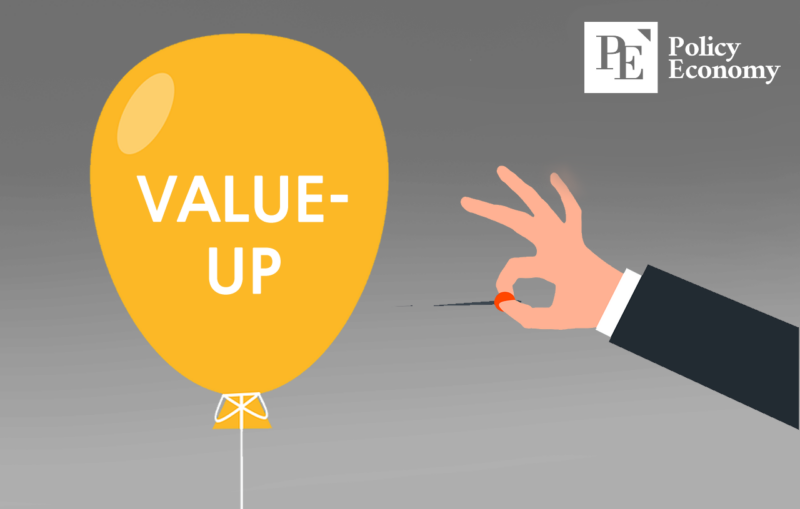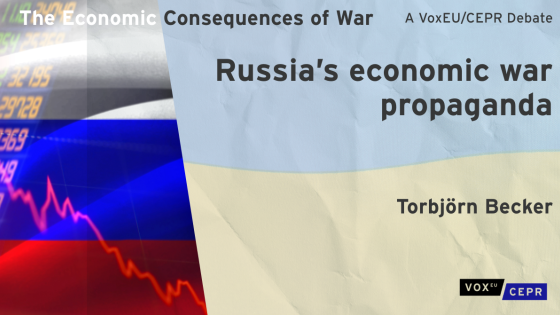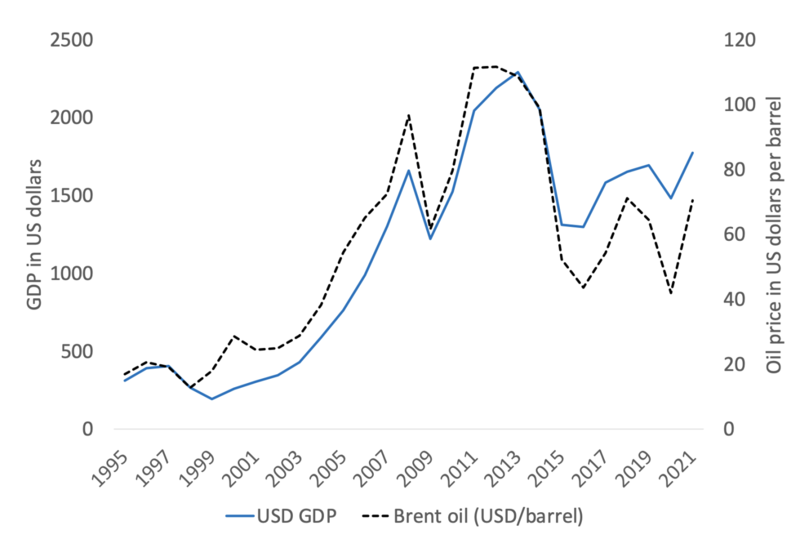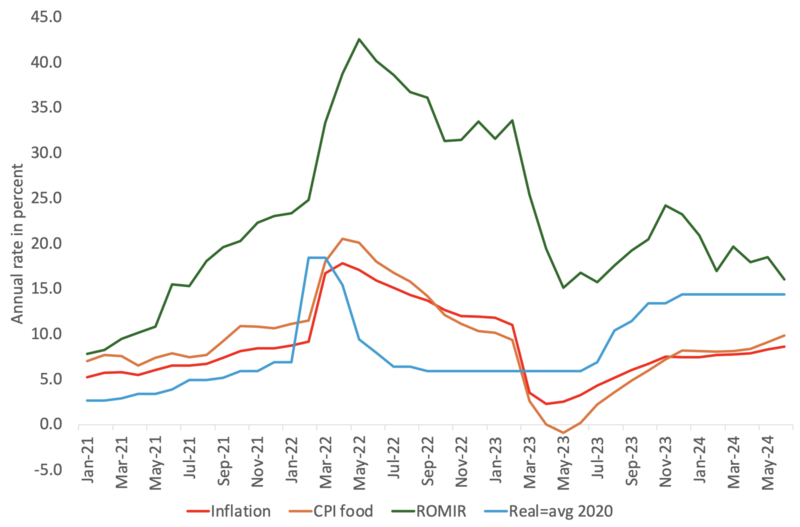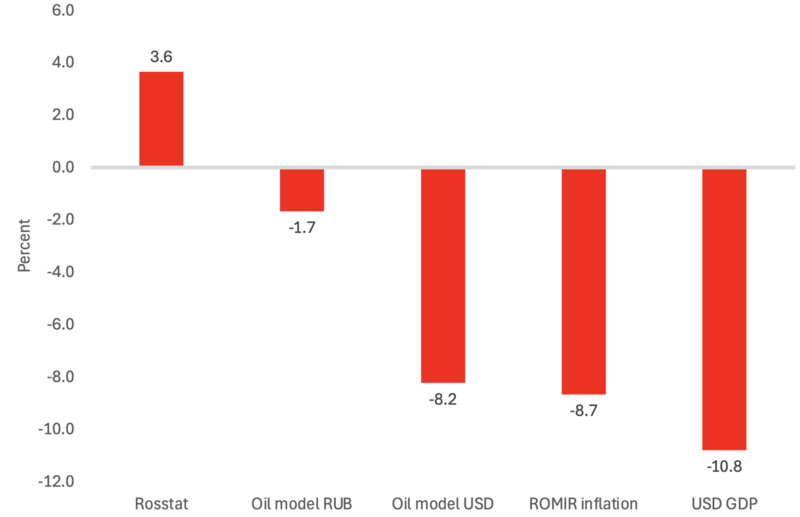中, '알루미늄 세제 혜택' 폐지로 무역 분쟁 대응
입력
수정
中 정부, 10년간 알루미늄 등 비철금속 세제 혜택 지난 15일 돌연 알루미늄·구리 등 세금 환급 폐지 美·EU "사실상 보조금" 비판, 대중국 규제 강화

중국 정부가 알루미늄 산업 보호를 위해 유지했던 세금 환급 혜택을 폐지하겠다고 밝히면서 알루미늄 가격이 하루 만에 5% 이상 급등했다. 고관세 정책을 주장해 온 도널드 트럼프 행정부의 복귀를 앞두고 무역분쟁을 피하기 위한 조치라는 해석이 나오는 가운데, 시장에서는 사실상 보조금 역할을 했던 세제 혜택이 사라지면 중국산 알루미늄의 공급 감소로 가격이 더욱 오를 것이란 우려가 나온다.
中 세제 혜택 폐지에 알루미늄 가격 급등
18일 철강업계에 따르면 최근 약세를 보여온 알루미늄 가격이 상승 흐름으로 돌아섰다. 지난 15일(현지 시각) 런던금속거래소(LME)에서 알루미늄 현물은 톤(t)당 2,641달러(약 367만원)로 전날 2,504달러보다 5.5%나 급등했다. 알루미늄 선물의 경우 8.5%까지 급등했다. 최근까지 알루미늄 가격은 중국 경기 부양책의 규모와 범위에 대한 시장의 실망감, 트럼프 전 미국 대통령의 대선 승리로 인한 달러 강세 영향으로 미 대선 직후인 지난 7일 이후 약세를 보였다.
전문가들은 중국 정부의 보조금 지급 중단 조치가 가격의 반등을 야기한 것으로 보고 있다. 지난 15일 중국 재무부는 오는 12월부터 알루미늄과 구리 등에 적용해 온 최대 13%의 세금 환급 혜택을 폐지한다고 밝혔다. 정제유·태양광·배터리·비금속 광물 제품에 대한 세금 환급도 축소한다. 시장에서는 이번 조치로 단기적으로는 중국산 알루미늄 공급이 감소하면서 글로벌 1위 기업 중국알루미늄공사를 비롯한 중국 기업의 제품 가격이 인상될 것이란 예상도 나온다. 모건스탠리는 "중국의 알루미늄 공급에 차질이 발생하면 국제 알루미늄 가격이 상승할 수 있다"고 지적했다.
실제 중국의 세제 혜택 폐지 소식이 전해진 지난 15일 미국 최대의 알루미늄 생산업체 알코아의 주가는 전거래일 대비 6.82% 오른 44.02달러로 거래를 마쳤다. 지난 센추리 알루미늄도 7.1% 급등했다. 중국 정부의 세제 혜택 폐지와 미국의 잠재적 관세 인상으로 중국의 알루미늄 수출이 위축되고, 미국 기업이 반사이익을 얻을 것이란 기대에 따른 것으로 풀이된다.
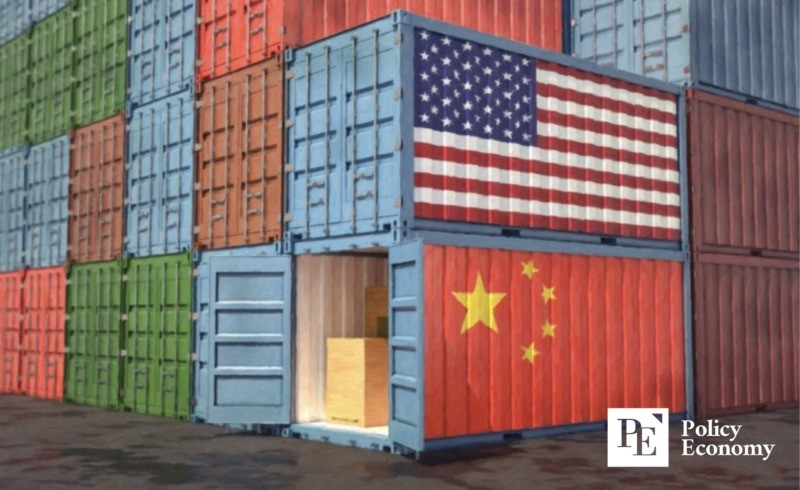
트럼프 대통령 복귀 앞두고 분쟁 완화 의도
시장에서는 중국 정부의 갑작스러운 세제 혜택 폐지의 배경으로 알루미늄 가격의 불안정성을 지목한다. 지난 17일 중국 비철금속협회는 "최근의 산화알루미늄(알루미나) 가격이 투기 자본에 의해 급등하고 있다"며 "급격한 가격 변동은 산업 전반에 부작용을 초래한다"고 지적했다. 그러면서 "역사적으로 큰 상승 이후에는 큰 하락이 뒤따르는 만큼 가격 안정이 필요하다"고 강조했다. 협회에 따르면 지난달 알루미나 가격은 1,000 위안 이상 상승해 톤당 5,400 위안(약 104만원)을 넘어섰다.
일각에서는 트럼프 행정부 복귀에 대응해 국제 무역 분쟁을 완화하려는 의도라는 해석도 나온다. 지난 10년간 중국 정부는 자국 기업에 대한 세제 혜택을 400% 늘렸다. 이에 당시 글로벌 업계에선 사실상 자국 기업에 대한 보조금이란 비판이 끊이지 않았다. 실제로 중국 기업들은 막대한 보조금을 토대로 미국과 유럽 시장에 수출 공세를 강화할 수 있었고 현재 세계 알루미늄 생산의 60%를 차지하는 생산 거점으로 성장했다. 지난 8월에만 369만 톤의 알루미늄을 생산했고 오늘 12월에는 372만 톤으로 정점을 찍을 것이란 전망이다.
이에 미국 등 주요국들은 중국산 알루미늄의 공급 과잉에 강력한 수출 규제로 대응했다. 미 행정부는 지난 8월부터 미국에서 팔리는 중국 전기차에 매겨지는 관세를 25%에서 100%로 인상했다. 반도체와 태양광 셀 관세는 기존 25%에서 50%로, 배터리와 철광·알루미늄도 각각 7.5%, 0~7.5%에서 25%로 인상했다. 캐나다도 동맹국과 보조를 맞추기 위해 지난 9월 중국산 전기차에 100%, 알루미늄과 철강에 25%의 신규 관세를 부과하기로 했다.
EU, 中 전기차에 최고 45.3% 관세 부과
유럽(EU)은 중국산 전기차에 최고 45.3%의 관세를 부과하기로 했다. 블룸버그통신 등에 따르면 지난달 4일 유럽위원회(EC)는 27개 회원국의 투표를 거쳐 기존 관세 10%에 추가 관세를 최고 35.3%포인트 더하는 관세안을 확정했다. 이에 따라 같은 중국산이라도 테슬라 전기차는 17.8%, EU의 조사에 협조하지 않은 상하이자동차 전기차 등에는 최고 45.3%의 관세가 부과된다.
이번 상계관세 결정은 중국이 자국산 전기차에 부당한 보조금을 지급한다는 EU의 조사 결과에 따른 것이다. 상계 관세는 '관세 및 무역에 관한 일반협정(GATT) 제6조'와 세계무역기구(WTO)의 '보조금 및 상계조치에 관한 협정'에 따른 조치로 수출국 정부가 자국 기업에 지급한 보조금이나 장려금을 상쇄하기 위해 수입국이 부과하는 특별관세를 말한다. 주로 보조금 지급으로 수입품의 가격 경쟁력이 높아져 수입국 산업이 실질적인 피해를 볼 우려가 있을 때 보조금 범위 내에서 결정된다.
이에 중국은 EU 회원국에 유럽산 유제품·술·돼지고기·자동차 부품 등에 보복관세를 매기겠다고 맞서고 있다. 중국 상무부는 대변인 명의의 입장문을 통해 "중국은 EU의 불공평하고 불합리한 보호무역주의 방식과 중국 전기차에 부과하는 반보조금 관세에 결연히 반대한다'며 "EU의 보호주의 관행은 WTO의 규칙을 위반하고 정상적인 국제 무역 질서를 방해했다"고 비판했다. 이어 "중국은 6월 말부터 EU와의 협의를 성실히 해 왔다"며 "협상으로 문제를 해결하려는 EU의 정치적 의지에도 주목하고 있다"고 강조했다.

